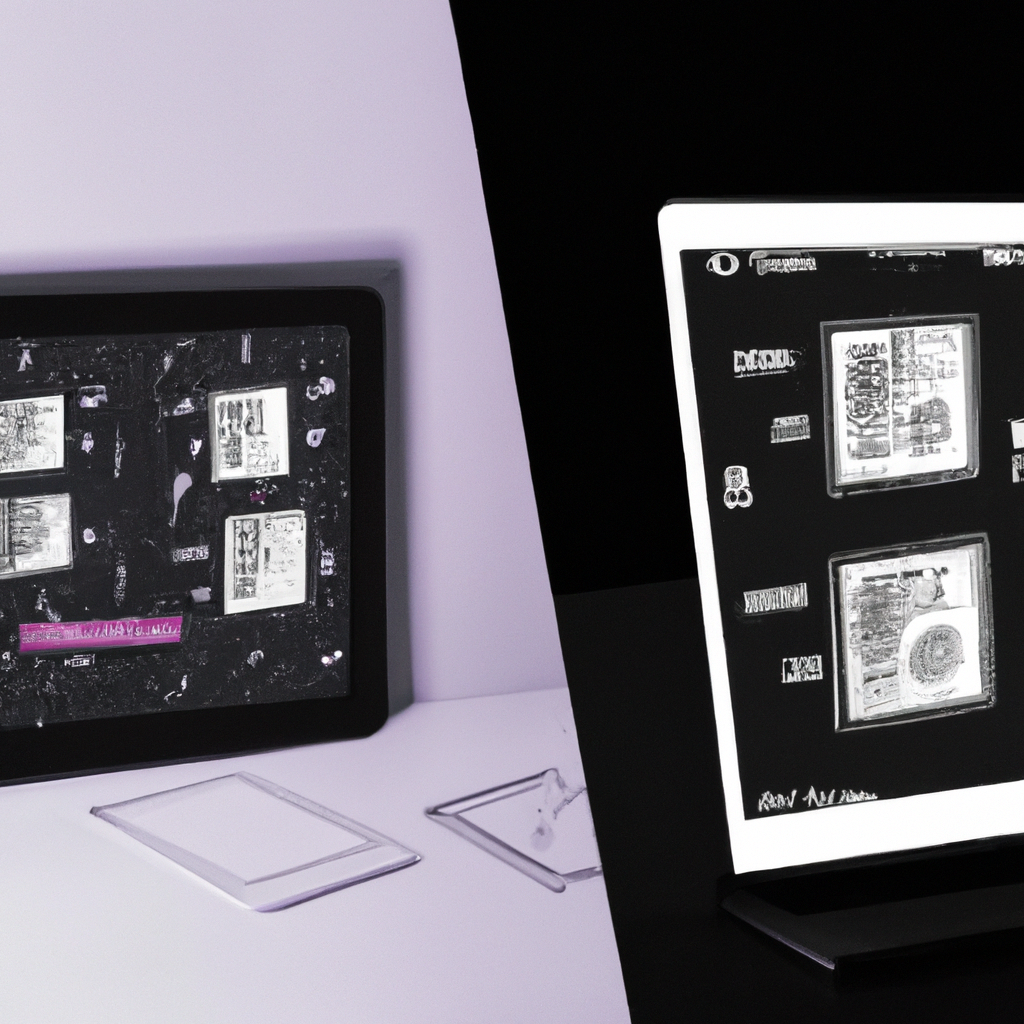Embracing Simplicity: How Minimalist UX Design Boosts User Engagement
In the fast-paced digital world of 2025, the principle of ‘less is more’ has never been more pertinent in the realm of UX design. As we navigate through an era dominated by information overload, minimalist UX design emerges as a critical strategy for enhancing user engagement and satisfaction.
Minimalist UX design focuses on reducing unnecessary elements to emphasize core content and functionality. This approach not only declutters the user interface but also improves usability and accessibility, leading to a more intuitive user experience.
Key Principles of Minimalist UX Design
1. Clarity and Focus: By eliminating non-essential elements, designers can create a clear path for users, making it easier for them to understand and interact with the product.
2. Efficiency: Minimalist design enables users to accomplish their tasks quicker by simplifying the interface and streamlining navigation paths.
3. Consistency: Consistent design across all pages reduces the learning curve and reinforces user confidence.
Benefits of Minimalist UX Design in 2025
With the digital landscape more crowded than ever, minimalist UX design stands out by offering a breath of fresh air to users who are overwhelmed by overly complex interfaces. Here are some benefits:
– Increased User Engagement: A simple and clear design keeps users interested and reduces bounce rates.
– Improved User Satisfaction: A focus on core functionalities enhances the overall user satisfaction as they can navigate the product more easily.
– Better Accessibility: A minimalist approach often results in a design that’s accessible to a broader audience, including those with disabilities.
Implementing Minimalist UX Design in Your Projects
To implement minimalist design, start by evaluating every element for its necessity and overall contribution to user goals. Focus on robust typography, meaningful negative space, and impactful visuals that communicate core values and functionalities without distraction.
As 2025 progresses, the trend towards simplicity in UX design continues to grow. Embracing minimalist design not only caters to the needs of the modern user but also sets a standard for future innovations.






